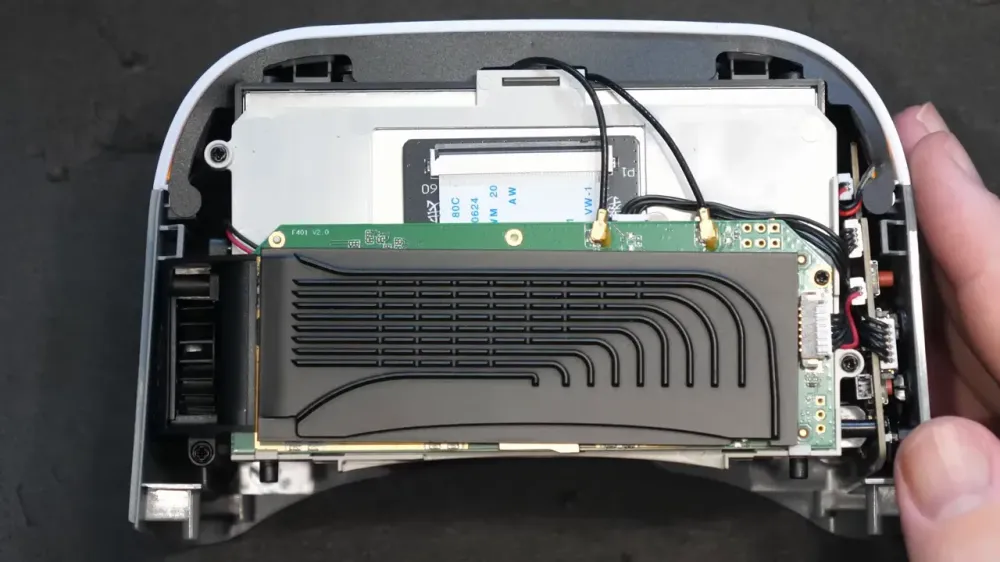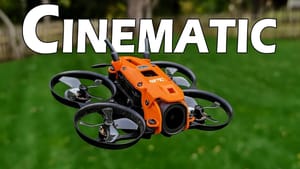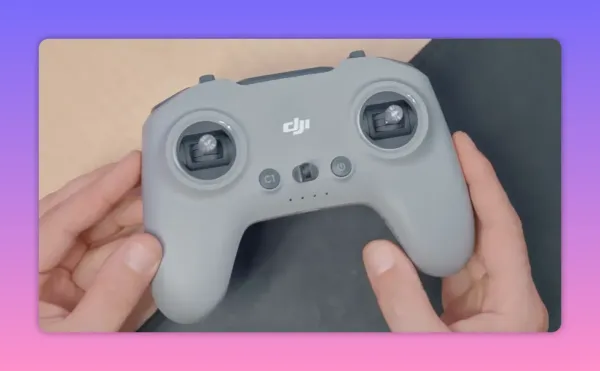
Why this matters: the Ascent goggles mostly reuse familiar hardware, but the included battery has a shocking safety flaw. This affects anyone in the FpV hobby buying the Protos kit.
TL:DR
The Ascent goggles reuse the Goggles L form factor but swap the internals into a two-chip architecture. The remote runs a forked ExpressLRS build on an AT32 MCU. The included battery routes enamel-coated temperature-sensor wires over permanently live capacitors. That is a real fire risk and should be addressed by Caddx.
Goggles teardown — what changed, what stayed the same
Mads strips the Ascent goggles and notes the shell, foam and display match the Goggles L. He finds only two front patch antennas, not four. The layout and connectors mirror the old unit, so swapping shells is easy for repair-minded users.

PCB architecture: split OS/video from RF
Internally, Caddx moved from an all-in-one Artisan AR9201 to a split approach. An AR9341-like SOC handles Linux and video. An AR803-series RF chip handles baseband and MUX functions. That change simplifies video processing, but limits native antenna lanes to two.

Head tracking and modularity
The head tracker sits on its own PCB and uses an STM32 MCU. Mads notes the tracker resembles the XY robot design and confirms the goggles include head tracking despite no external badge claiming so.

Battery teardown — unsafe wiring over live capacitors
This is the headline problem. The battery contains two 18650 cells and a BMS board. The temperature sensor uses enamel-coated wires routed directly over a row of capacitors tied to VBAT at ~8.2V. The wires are long, uncut and uninsulated. Vibration or abrasion can wear through enamel, create a short, and spark thermal runaway.

Remote teardown — forked ExpressLRS and cheap MCU choice
The controller uses an ExpressLRS-style module, but Caddx shipped a forked firmware without official project support. The radio PCB shows a cheap Artery AT32F413 MCU, glued gimbal wiring, a 1S 1000mAh pouch battery and a PCB antenna. Hardware is acceptable for price; software support is limited.

Verdict — fixable hardware, alarming battery
The goggles and radio are predictable budget engineering. The split-chip RF approach trades four-antenna flexibility for simpler boards. The remote would be useful if it ran upstream firmware. The battery is the real problem — trivial to fix in production, catastrophic if left in users' hands.

Are the Ascent goggles compatible with Avatar HD?
No. The Ascent uses a new Ascent system and is not compatible with Avatar HD gear.

How many antennas do these goggles support natively?
Two. The RF chip integrates the baseband and MUX and exposes two antenna lanes by default.
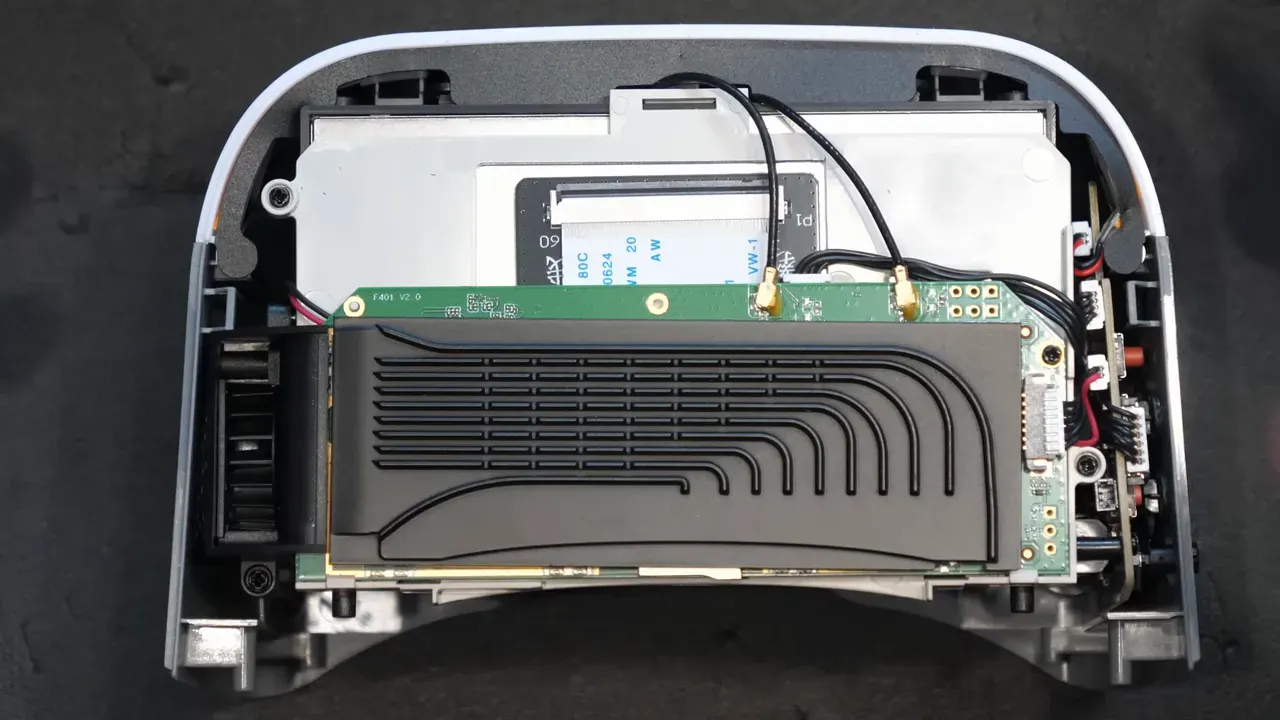
Is the battery recall necessary?
Yes. The enamel wires over live capacitors create a credible short and thermal-runaway risk. Owners should stop using the battery until Caddx issues guidance or a replacement.
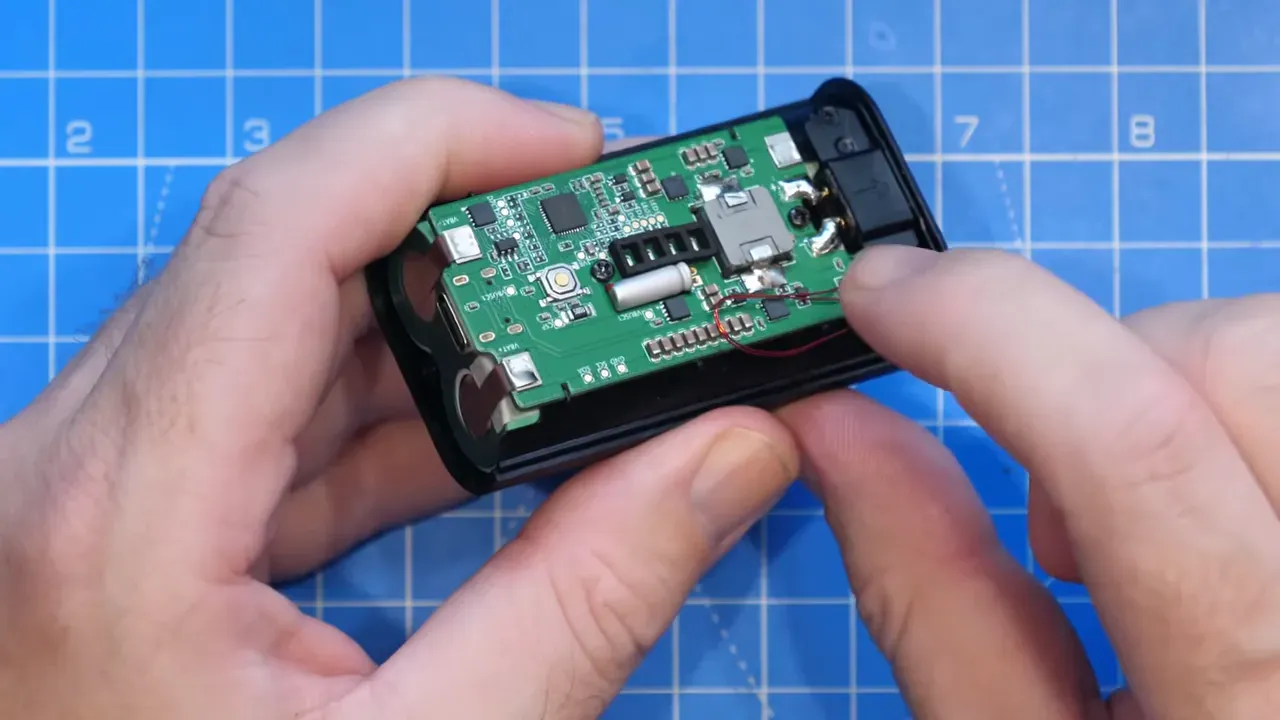
Can the remote be flashed with official ExpressLRS firmware?
Not easily. Caddx forked ExpressLRS and did not coordinate with the upstream team. Official support may be limited without hardware or bootloader access.
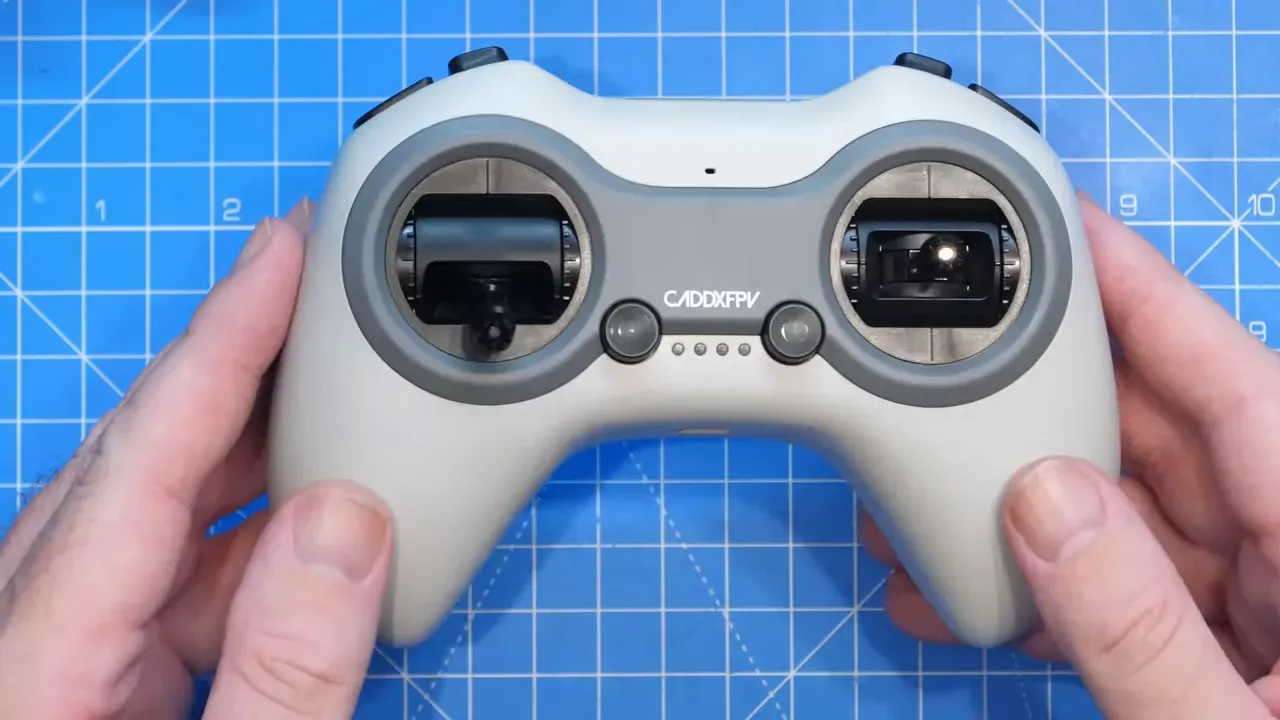
Takeaway
- Goggles: sensible reuse of Goggles L shell, but now a two-lane RF chip — you lose four‑antenna flexibility.
- Battery: enamel sensor wires over live caps present a real fire risk — stop using affected packs until fixed.
- Remote: cheap but functional hardware; firmware fork limits broader use outside the Protos kit.
- If you bought the kit, inspect the battery immediately. A bit of kapton tape would have prevented this.
This article was based from the video Caddx Protos Ascent Goggles & Remote Teardown - A Concerning Discovery!


